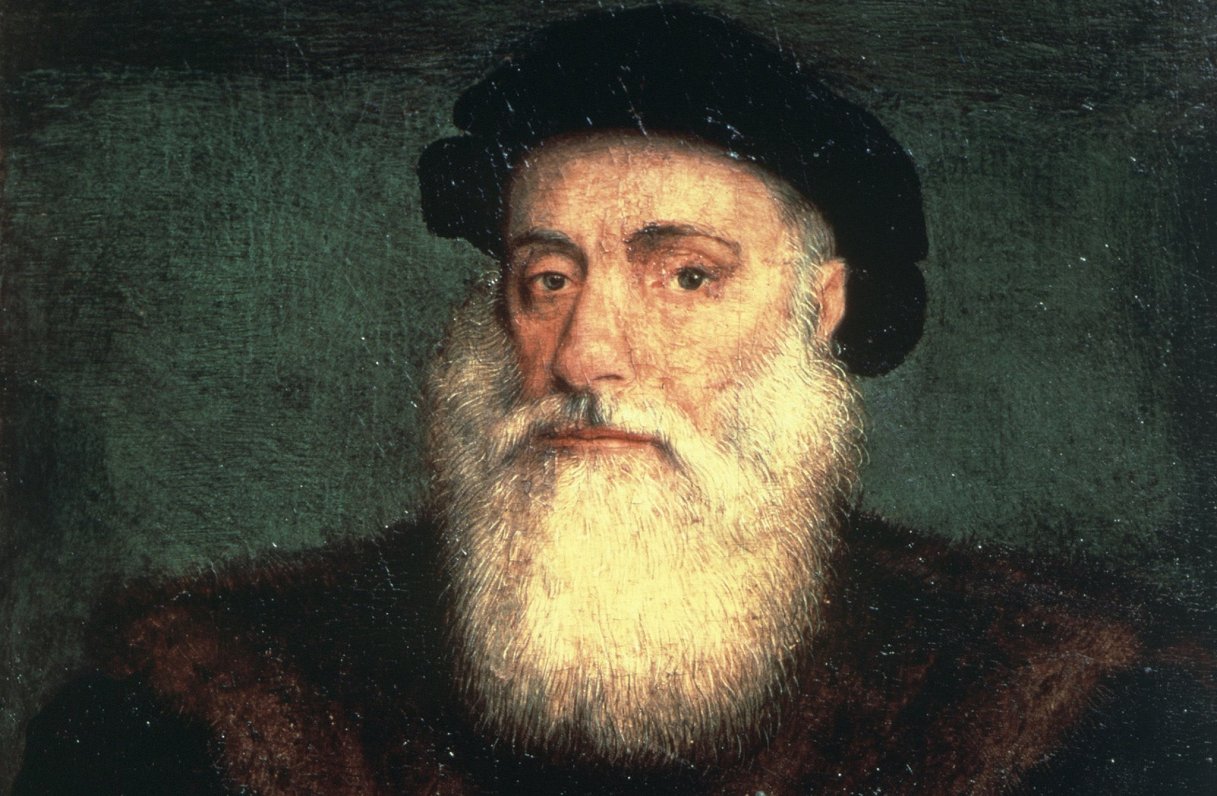The Portuguese were destined to become the first European nation to venture into the unexplored expanses of the ocean at the end of the Middle Ages. Here, credit goes to the 15th-century Portuguese prince Enrique, who earned the nickname “Navigador” – Seafarer. With his support, Portuguese captains in their small caravels sailed south along the African coast and discovered the currents and prevailing winds of the Atlantic Ocean, which made it possible to plan ever farther voyages.
At the same time, news began to spread in Europe from Arab navigators who at the time controlled the east coast of Africa and had also reached the southern tip of the continent. In 1459, Brother Mauro, a Camaldian monk living in Venice, completed his world map, which depicted Africa as a land surrounded by water on all sides, which, by going around, could reach the Indian Ocean.
Indian spices were literally valued in gold in Europe at the time, and their trade was controlled by the Venetians, who ruled the eastern Mediterranean.
Portugal now had the opportunity to establish an alternative spice import route.
In 1488, Captain Bartolomeu Dias reached the southern tip of Africa and rounded the Cape of Good Hope. He was ready to sail on, but the crew mutinied and forced the captain to turn back. To continue the search for a way to India started by Diaš, King Manuel I entrusted da Gama, a knight of the Order of St. James, whose expedition set off from Lisbon on July 8, 1497 in four ships.
After sailing for more than five months, da Gama reached the place from which Dias had turned back.
His further path led along the African coast to the north and soon reached the land of the Muslim Mozambican sultan. The establishment of contacts was not successful – the Muslims looked at the unseen strangers with suspicion, and the gifts that da Gama presented to the sultan did not really correspond to the status of the ruler.
The Portuguese had to leave Mozambique in a hurry, fearing an attack by the natives. The same thing happened in Mombasa, further north, and only at the port of Malindi on the coast of present-day Kenya was it possible to replenish supplies and hire a pilot to take the expedition to its destination. It can be added that the Portuguese themselves did not behave in a civilized manner on the coast of Africa, as real pirates robbed several Arab trading ships.
Eventually, in May 1498, da Gama’s expedition reached the city of Calicut in southern India. Here too, negotiations with the local king or zamorin did not take place. In the East, it was customary for messengers to present gifts of gold and silver to rulers, which da Gama apparently did not have. Some of the Muslim traders in Calicut at that time even expressed their suspicion that this foreigner was not a messenger of the ruler, but an impostor and a pirate.
When the Zamorin demanded that the Portuguese pay customs duties, the Europeans left Calicut. Vasco da Gama did not manage to establish a permanent Portuguese trading colony in India, however, the cargo of spices he transported more than covered the expenses of the expedition.
The sea route from Europe to India had been discovered, and thousands of other seafarers soon followed in the footsteps of the first discoverer.
–
Highlight the text and press Ctrl+Enterto send the text fragment to be corrected to the editor!
Highlight the text and press on Report a bug buttons to send the text fragment to be corrected to the editor!
–
–


